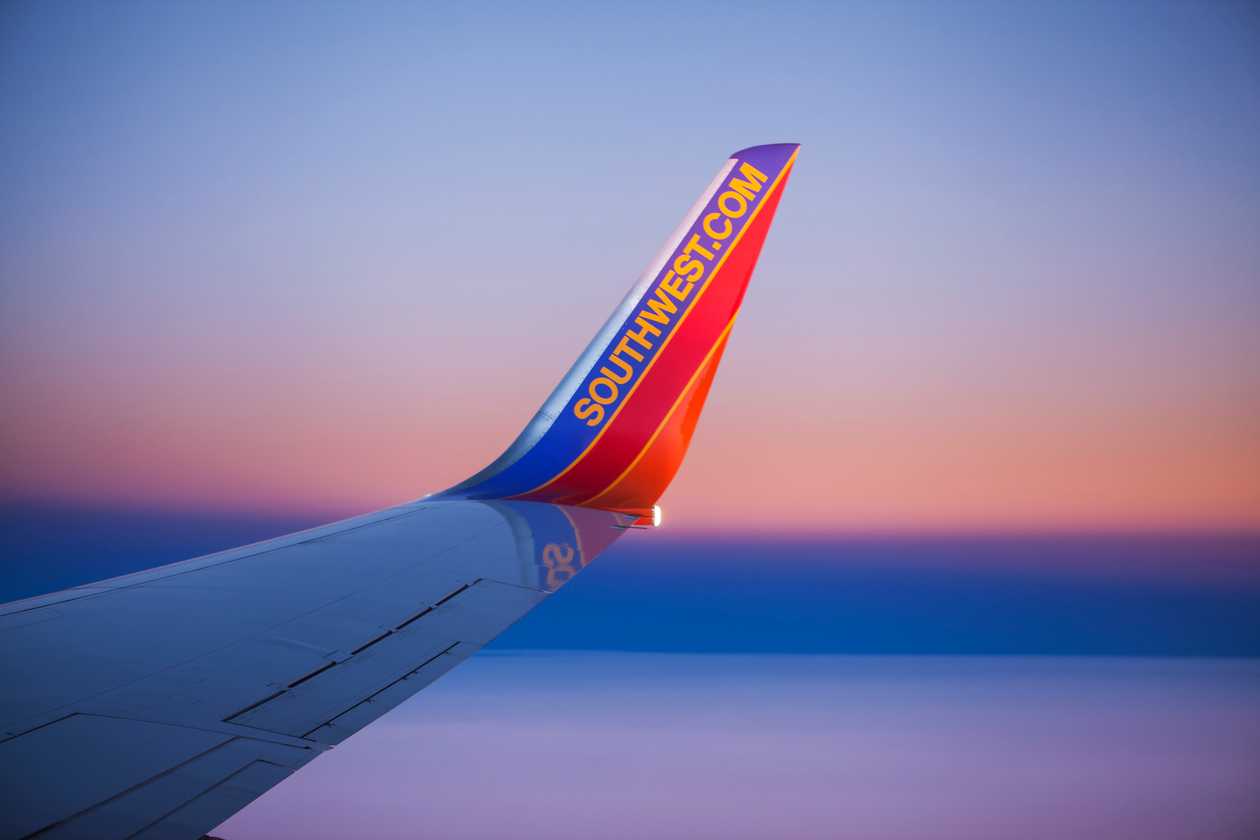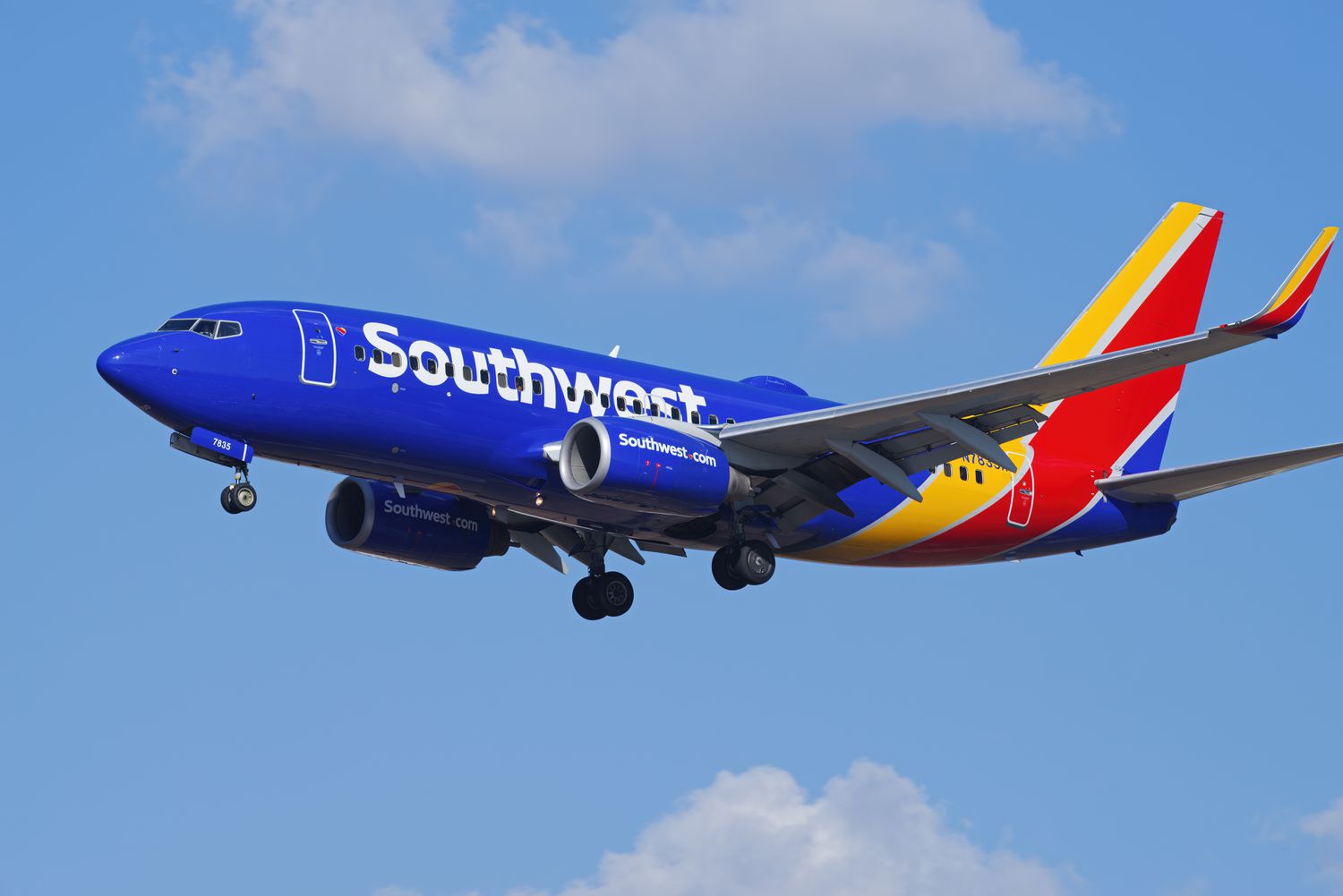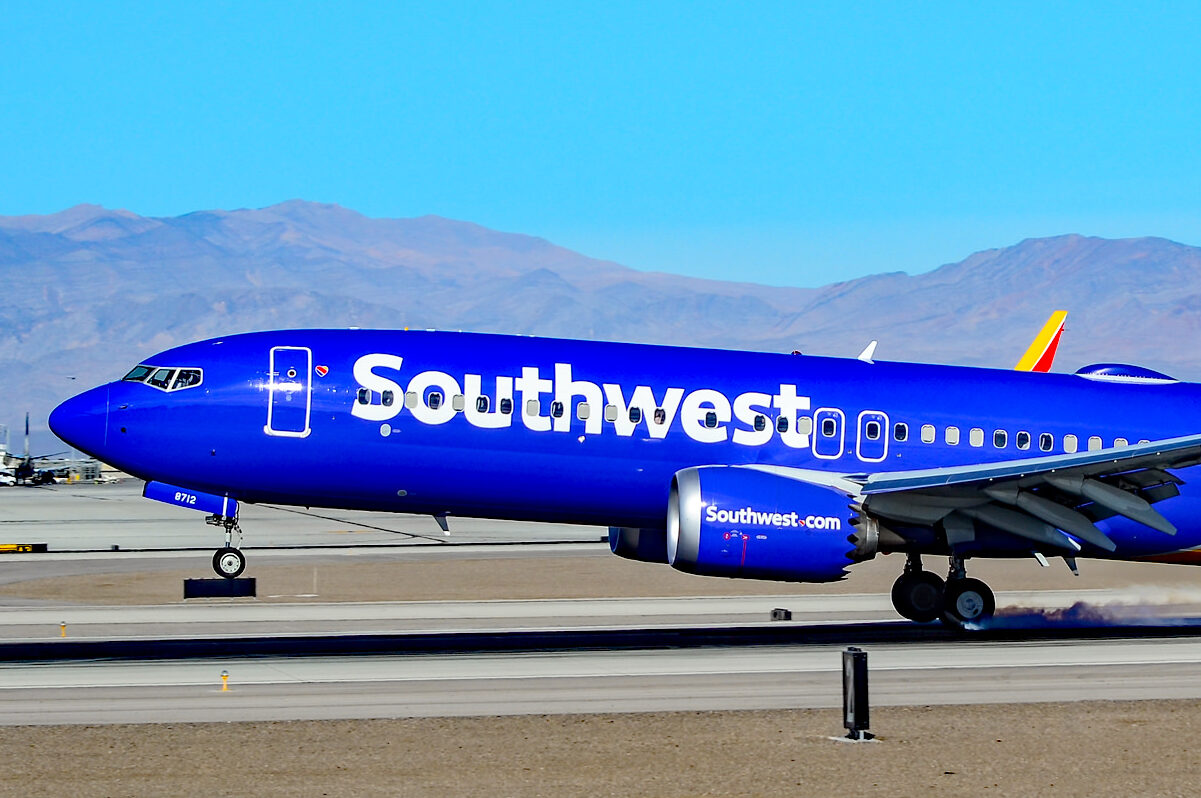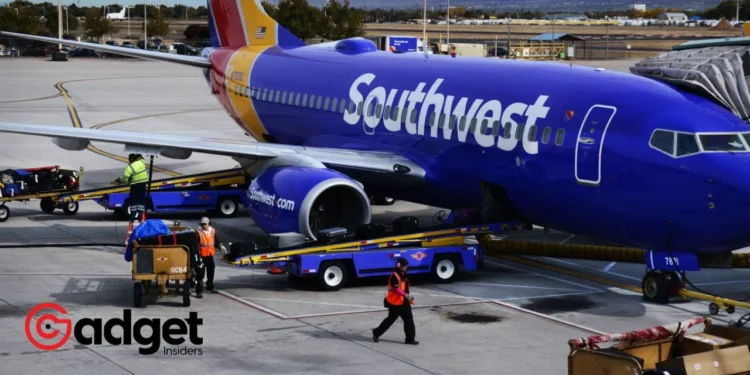In the dynamic world of air travel, the term “affordable” can be as elusive as a smooth flight through stormy weather. For the unsuspecting traveler, navigating through the complex pricing structures of airlines can feel like deciphering an ancient code. Enter Southwest Airlines, a carrier that has long prided itself on being a beacon of value in a sea of fluctuating fares and nickel-and-diming practices.
However, recent developments have prompted passengers and industry watchers alike to reassess what “low cost” truly means in today’s aviation market.

Southwest Airlines: The Mirage of Low-Cost Air Travel
The concept of a “low-cost” or “discount” airline is not as straightforward as travelers might hope. The landscape is dotted with carriers that promise minimal base fares, only to levy additional charges for everything from seat assignments to baggage. This a la carte pricing strategy, while offering the allure of choice, often leaves passengers grappling with costs that can quickly balloon.
Traditional airlines have not been shy about adopting similar strategies, which has added further levels of complexity to the price puzzle with their actions. Extras that were once considered basic, such as checked luggage and onboard WiFi, now commonly come with a price tag attached to them.
Against this backdrop, Southwest Airlines has carved out a position for itself as a carrier that goes against the grain by including such amenities in the ticket price. As a result, the airline can provide its customers with a genuine additional value.

Southwest Airlines: A Different Approach
Southwest Airlines has consistently positioned itself as a discount carrier, striving to strike a balance between affordability and value. Unlike its competitors at the extreme ends of the pricing spectrum, Southwest’s fares typically land somewhere in the middle.
This strategy has not only endeared it to a broad customer base but also set it apart from the lowest-cost carriers like Spirit, Frontier, and Allegiant, which have fully embraced the a la carte model.
$LUV Southwest Airlines passengers get shocking pricing newshttps://t.co/gOb3xIzs4W… pic.twitter.com/Vp6QFR8T9Y
— Top Stock Alerts (@TopStockAlerts1) April 1, 2024
The airline’s inclusive approach, offering carry-on and checked baggage within the ticket price, has long been a hallmark of its value proposition. However, the evolving landscape of air travel and the shifting perceptions of what constitutes a “low-cost” experience have sparked a reevaluation.
Notably, Ryanair Chief Executive Michael O’Leary, once an ardent supporter of Southwest’s model, has voiced his reconsideration of the airline’s low-cost status.
The Future of Affordable Air Travel
The implications of this shift are far-reaching for both consumers and the industry. For travelers, it underscores the importance of looking beyond the base fare to understand the total cost of their journey.
As airlines continue to diversify their pricing strategies, the definition of “value” becomes increasingly subjective, colored by individual expectations and experiences.

For carriers like Southwest, the challenge lies in maintaining their identity as a provider of affordable, inclusive travel options in an environment where the goalposts of “low cost” are continually moving. The airline’s commitment to transparency and customer service will undoubtedly play a critical role in navigating these turbulent skies.
In conclusion, the evolution of Southwest Airlines’ positioning within the market serves as a poignant reminder of the fluid nature of the airline industry.
As the debate over what constitutes a low-cost carrier intensifies, passengers are left to chart their course through a landscape where price and value are in constant flux. In this ever-changing world, the only certainty is that the journey toward affordable air travel is far from over.










